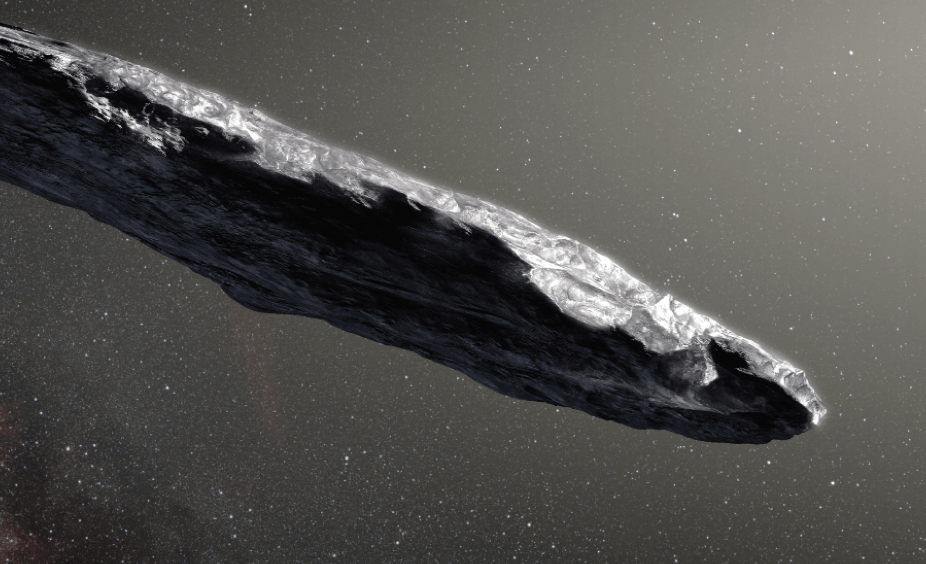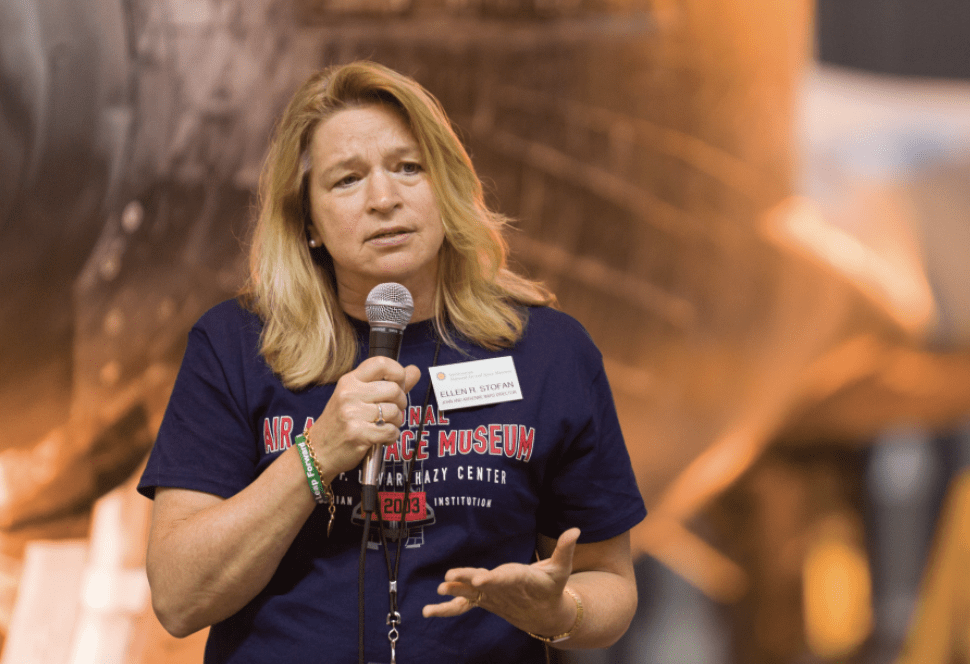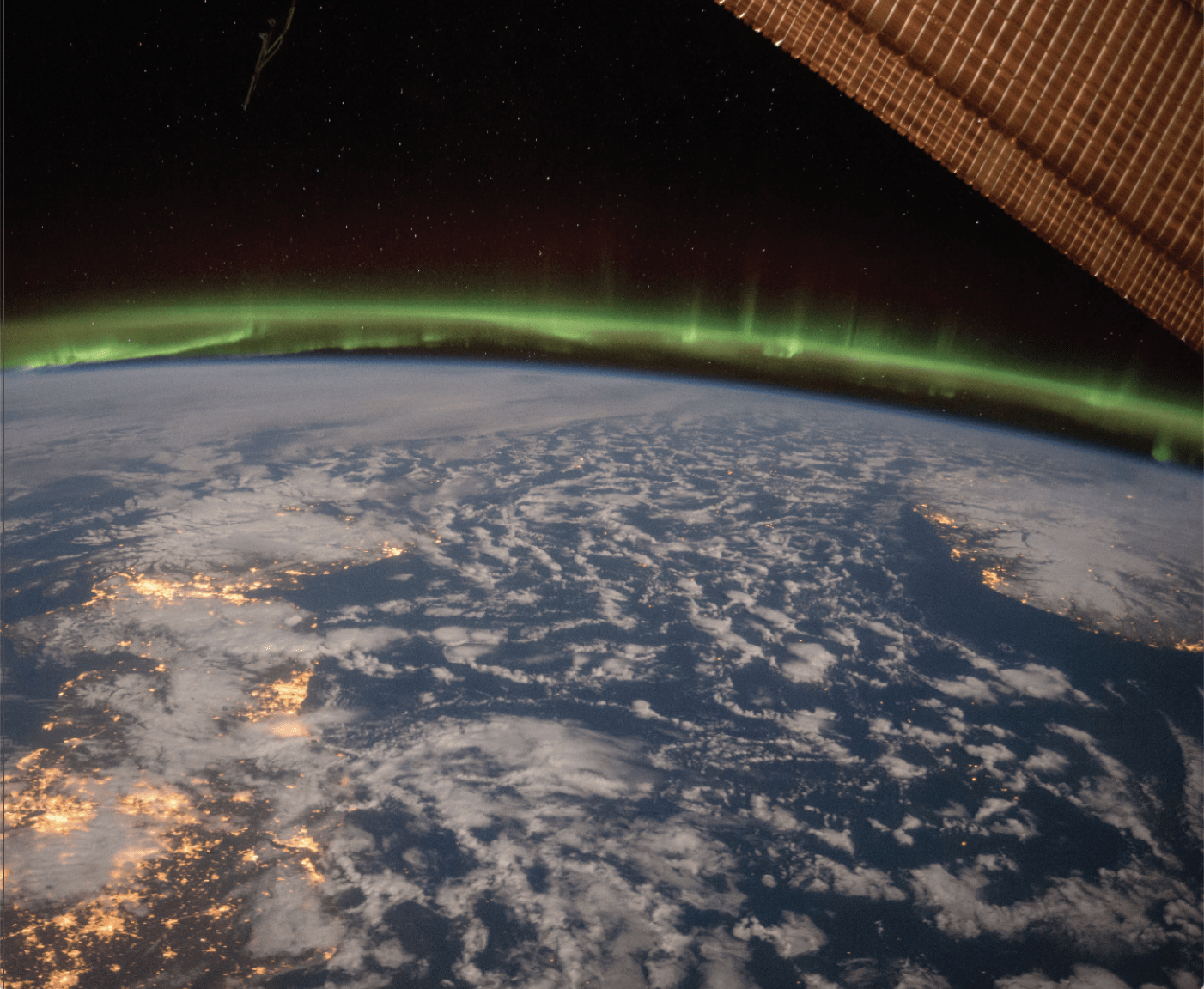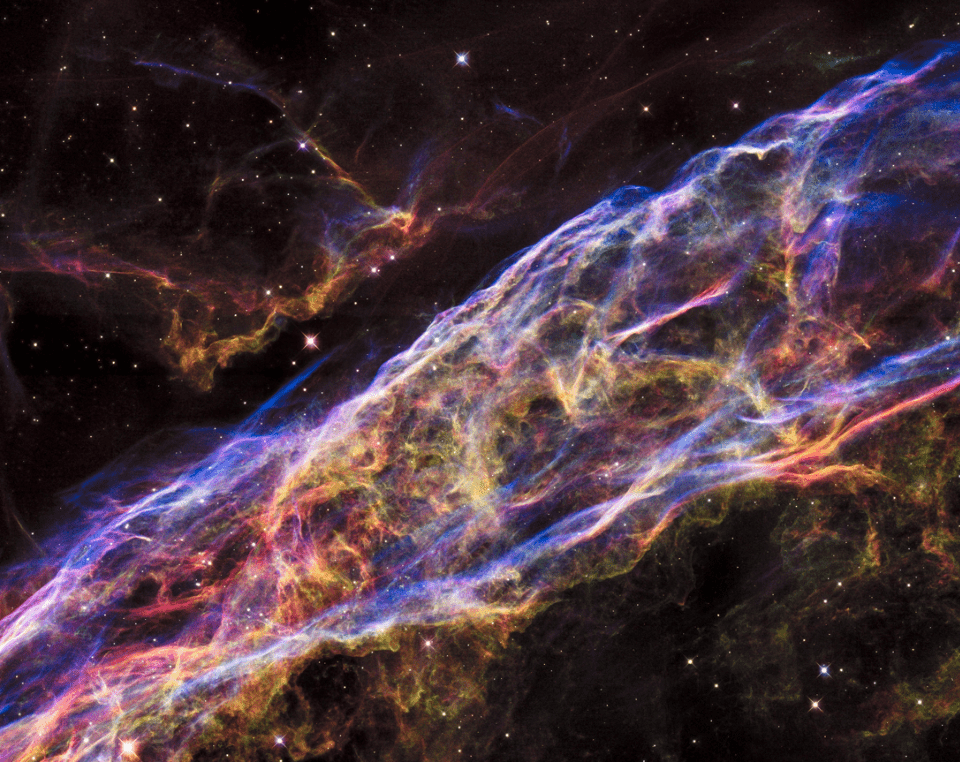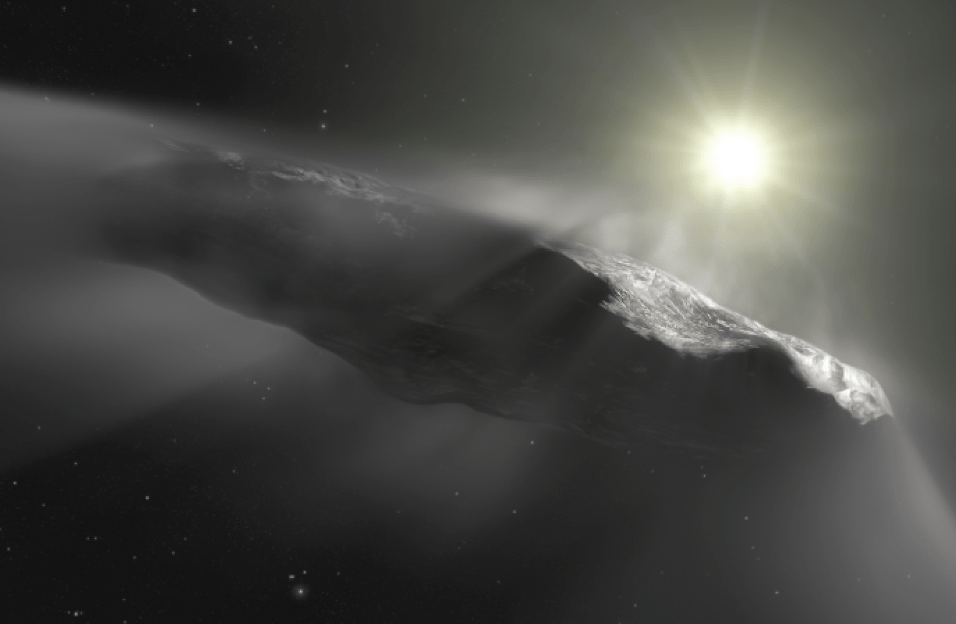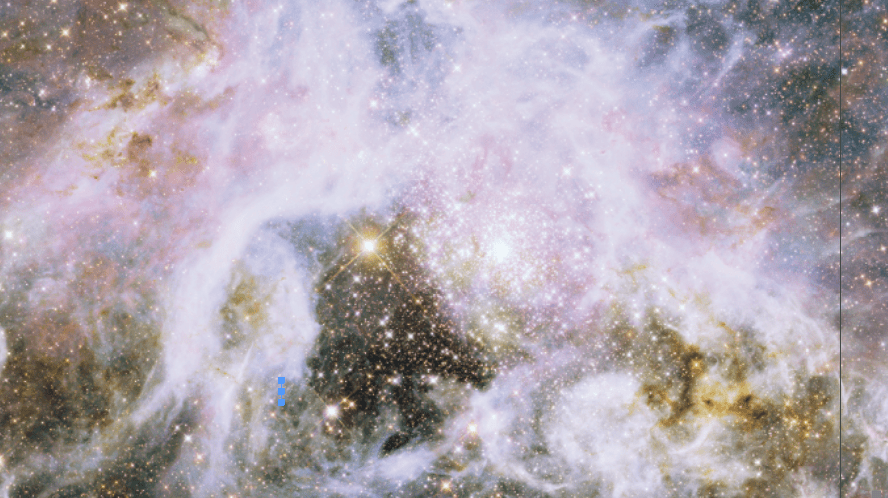Space Junk
Ignoring the debris that’s orbiting Earth could have dire implications
Odds are, orbital debris seldom tops the list of pressing issues occupying most people’s minds. But those privy to the possible consequences of growing debris fields feel differently. “It’s an area of huge concern,” said Director of the National Air and Space Museum Ellen Stofan. “It’s the biggest threat to humanity that nobody’s talking about,” said astronaut and Air Force Col. Terry Virts, who manually steered the International Space Station around debris. But what exactly is space debris? How did it get there? And why should Earthlings care about it? To answer those and other questions, Luckbox spoke with Brian Weeden, a space debris researcher and the director of program planning for the Secure World Foundation.
In the Academy Award-winning sci-fi thriller Gravity, Sandra Bullock and George Clooney are sent hurtling through space after being struck by a cloud of space debris.
They were upgrading the Hubble Space Telescope when the debris cloud hit, the byproduct of a Russian missile strike intended to shoot down a defunct satellite. The satellite’s debris sparked a chain reaction, colliding with other satellites and increasing the debris field. Before long, most satellites were down and telecommunications were dead.
“Half of North America just lost their Facebook,” Clooney’s character, astronaut Matt Kowalski, remarked.
While fictional, the events that unfold in Gravity illustrate an all-too-real threat known as the Kessler Syndrome, or the theoretical scenario in which Earth’s low-orbit space debris field becomes so dense that collisions become inevitable, in turn creating more debris and triggering more collisions.
Brian Weeden, a space debris researcher and director of program planning at the Secure World Foundation, said Gravity demonstrates the most dramatic representation of Earth’s space debris problem. While the Hollywood rendition of the Kessler Syndrome is somewhat dramatized, he said it nonetheless has a lot of factual basis.
“The events that it shows happening in a matter of mere minutes are things that, in reality, we’re looking at happening over decades,” Weeden told Luckbox. “So in that sense, the threat of space debris is a lot like the issue of climate change, where you have things that are happening today which may result in significant challenges and consequences years or even decades down the road.”
Because few people become astronauts—and there are more than enough terrestrial issues to grapple with—it can be difficult to contextualize the space debris problem in a way that the general public cares about it. It’s one of the reasons, Weeden said, Secure World Foundation doesn’t do a lot of public communication on the topic.
That’s not to say the effects of space debris-related collisions wouldn’t be felt on Earth. They would. In fact, plenty of satellites operating in low-Earth orbit are critical to climate science, weather monitoring and compiling data used to detect severe weather events.
“It’s one of those things where, day to day, the average person sees it show up a little bit in the weather forecast,” Weeden said. “But really, the impact is, over the longer term, we would just have a lot less data monitoring what’s happening on Earth—what’s happening with the climate, what’s happening with the environment—and that could have huge repercussions.”
Weeden reiterated that those repercussions probably wouldn’t manifest in people’s day-to-day lives now, but he said the longer-term implications could represent a regression in technology for climate science.

While satellites in low-Earth orbit are most at risk, collisions in space aren’t exactly clean or confined. Depending on how objects shatter, how many pieces of debris that shattering causes and how energy is transferred among those pieces, some can venture into higher altitudes, potentially threatening satellites in higher orbits.
In 2008, for example, the United States conducted an anti-satellite test, Weeden said. After destroying a dead satellite at an altitude of roughly 225 kilometers, the orbital velocities of some of the pieces increased, throwing them nearly 2,000 kilometers in apogee, or at their highest point in orbit.
For context, the Hubble Space Telescope orbits at an altitude of roughly 560 kilometers, whereas communications and GPS satellites fly at altitudes of roughly 20,000 kilometers to 23,000 kilometers.
Pieces of debris can decrease in velocity, too, resulting in re-entry to Earth’s surface.
But where did the orbital debris come from? Just how much stuff is up there, and is it possible to get it down?
According to the European Space Agency, Earth’s orbit is home to roughly 26,000 monitored debris objects, including nearly 2,000 discarded rocket stages, 3,000 defunct satellites and an additional 21,000 unidentified fragments.
As for smaller objects not monitored on Earth, statistical models estimate there are 34,000 fragments larger than 10 centimeters in diameter, 900,000 fragments between one centimeter and 10 centimeters in diameter, and as many as 128 million fragments between one millimeter and one centimeter in diameter.
“In the very early days, NASA was focused on natural space debris,” Weeden said. “As we moved through the sixties and had the space program going in full swing—we started putting up a lot of satellites, a lot of space objects—people started becoming more concerned about those human-generated debris objects.”
And as more countries and companies pursue ventures in space, the number of debris objects continues to rise.
What about bringing debris down? Where does Earth stand in its battle to clean its orbit?
“So we’re, frankly, not very far along at all,” Weeden said, particularly in the Unuted States.
“In 2010, the U.S. issued the National Space Policy that said NASA and the Defense Department should jointly develop the technology to remove debris, and neither has done that. And it’s because they don’t have the money, and it’s not really their mission to do so.”
Elsewhere, Weeden noted the European Space Agency hired a company to remove a piece of European debris, and the Japanese government contracted yet another company to characterize a piece of debris and formulate a plan to remove it.
Those efforts alone won’t make a major dent in the overall problem, Weeden said, but they’re important proofs of concept that such pursuits are possible. The key issue lies in the lack of commercial incentive to remove debris, given its lofty cost.
But before taking to the streets and shouting that the sky is falling, Weeden offered the sobering reminder that space is still really, really big. Even the densest fields of debris comprise a very small density of objects per square meter. That said, unless the issue is addressed, it’s only going to get worse.
“We need to think about space debris like we do climate change,” Weeden said. “And consider the impact the actions we’re taking now could have on our ability to get benefits from space in the future.”
